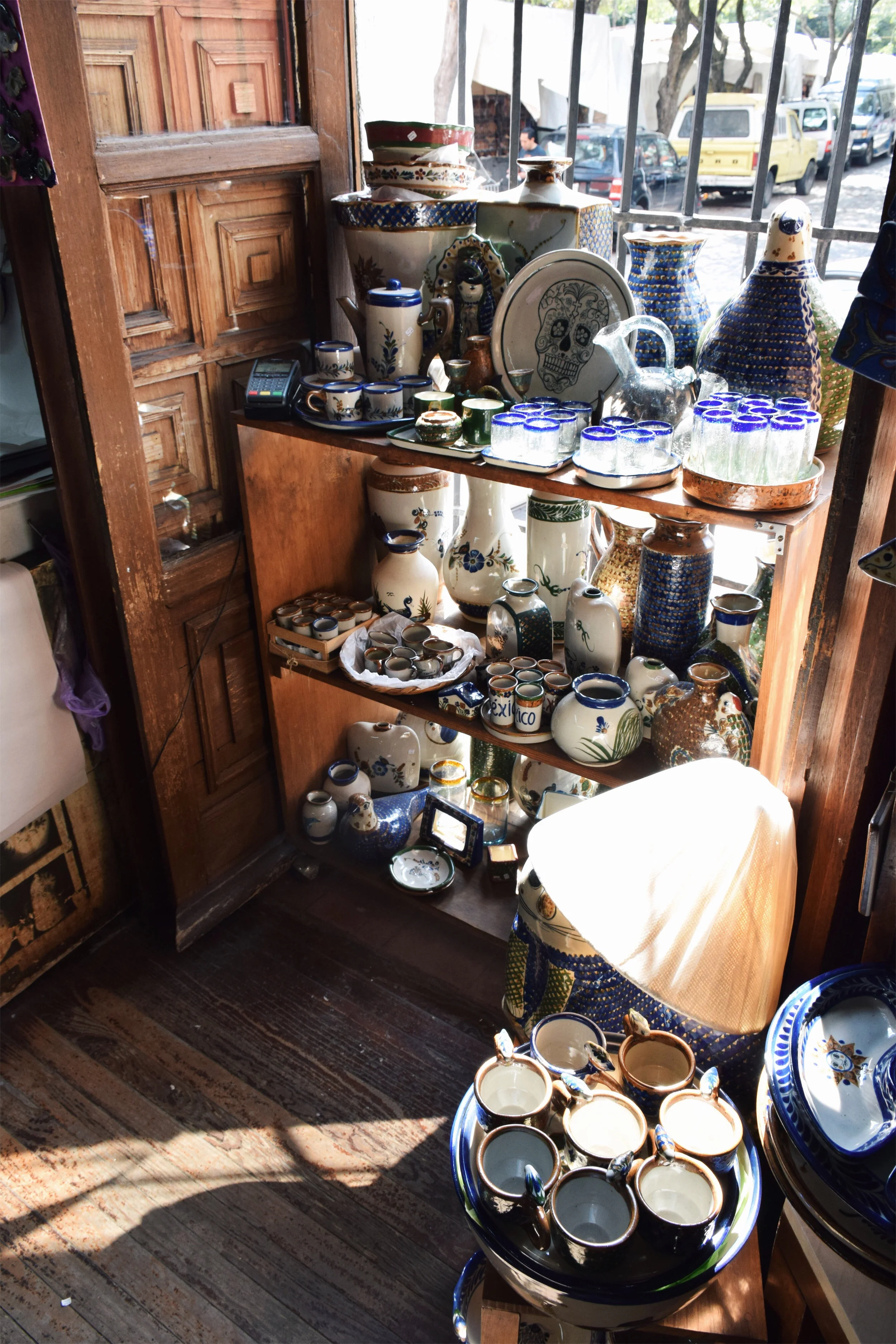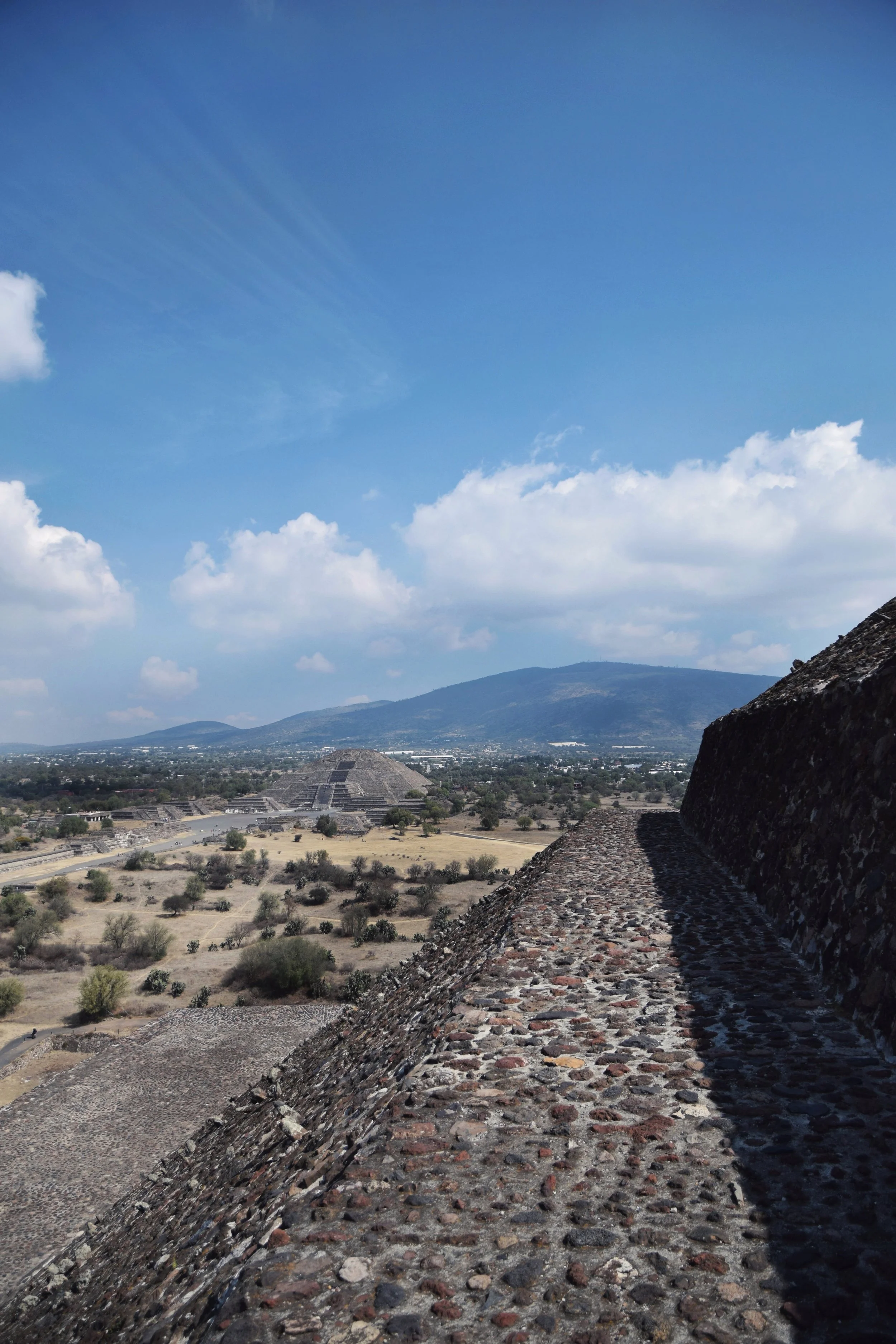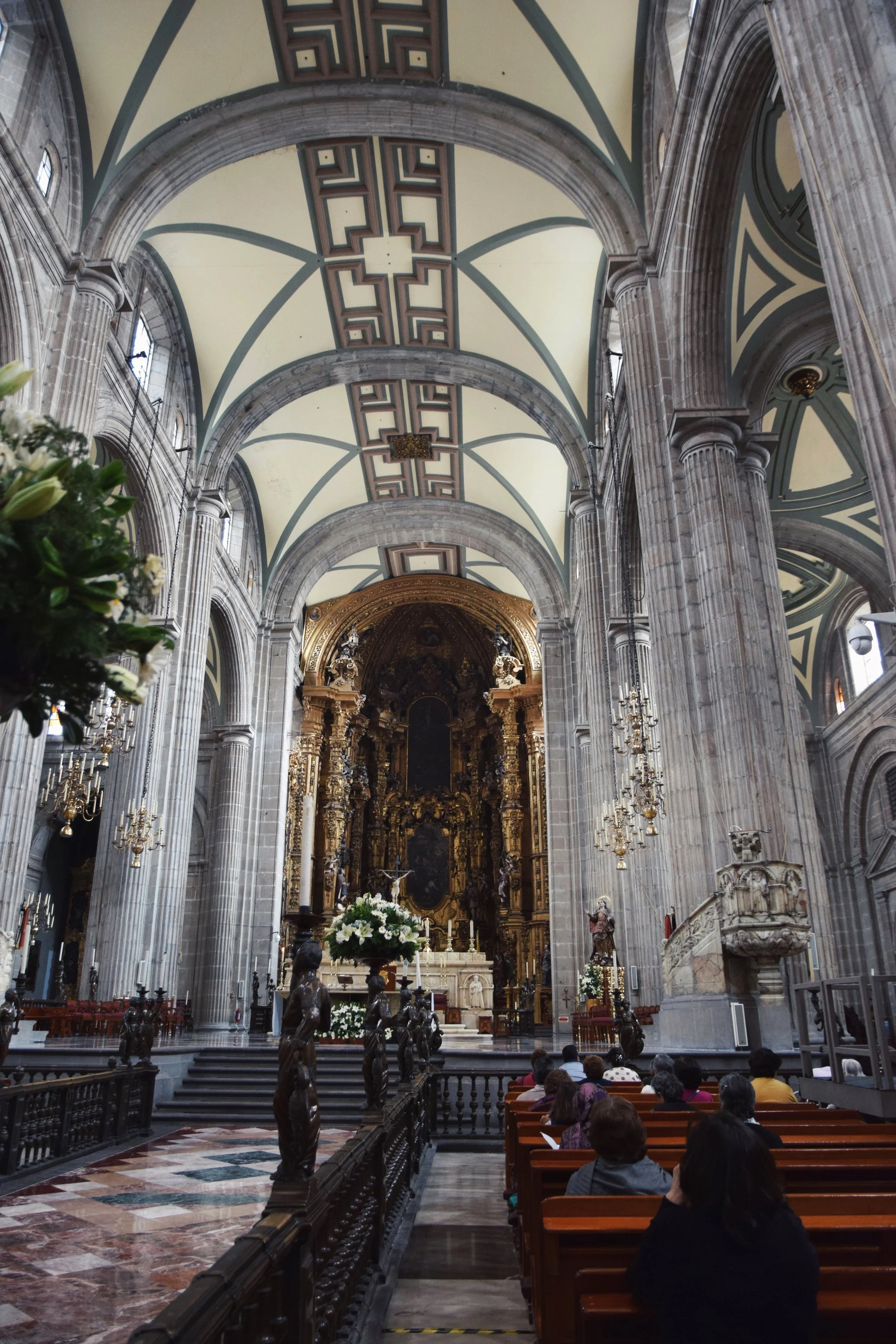Even on holiday, Lia can't stop marketing
After a strange night in which Lia and I had doused ourselves in white vinegar at our Airbnb host's suggestion (for the sunburn, apparently), we awoke red and sore, but at least we found a good brunch spot.
I had my first taste of chilaquiles on this trip; deep free tortillas in a salsa verde sauce, with an egg on top. Like breakfast nachos, less filling, but just as satisfying. As you can see, I even managed to get a good photo of them on my phone, which is good because if you flash forward to the present, I've since somehow busted the viewfinder on my camera :( It's going to take several weeks to send it to Nikon and get it fixed, and I'm very sad about it.
After breakfast, we walked all the way back to the Airbnb so Lia could change her outfit, and then headed to El Mercado Sabado.
In one of the city's many neighbourhoods -- this one about a 15 minute drive South from ours -- there's a fantastic market each Saturday, with an indoor and an outdoor part which sprawls on for ages. There was a plaza dedicated fairly exclusively to art and artists, and a covered outdoor part which was far less high brow, and sold all kinds of touristy tat. There were more skulls and skull-themed paraphernalia than you could possibly dream of.
As it was so dense, it was quite easy to wander off and lose each other. It was a bit nerve wracking for me, as Lia and I had no means of communicating. She was the only one with a working cell phone. How did people go to markets before cell phones? Surely there would just be dozens of separated couples and lost children left at the end of the day? How does anybody find anything without a cell phone? HOW DOES ANYBODY DO ANYTHING WITHOUT A PHONE?
Inside the market's main building, there were a lot more crafty makers. People were selling glassware, clothing, and other home goods.The building itself was really impressive, and had an outdoor courtyard for a restaurant in the middle of all the market commotion. In addition to being covered by the beautiful purple Jacaranda trees we'd been admiring so far on our trip, there was a live group of men playing the xylophone with more cohesion than I've ever seen three people play one instrument.
Once we'd spent a bit of money -- Lia on an embroidered denim shirt and gifts for her mum, me on a plate... with skulls on it -- we called another car to pop to the next neighbourhood and visit the Frieda Khalo Museum, aka the blue house.
While we were waiting for the uber to arrive to take us, Lia had pulled up the museum's website, and started buying tickets. When we arrived, we got out the car and saw a line leading from the main entrance door and disappearing as it went down the block.
It turned out none of these people bought tickets in advance, or knew to do so, as we were told we waited in a separate line, and as soon as the fifteen minutes until the admission time on our tickets was up, we just walked right in.
They also had a policy of charging a fee for people to use their camera, which I was both aggrieved by and impressed by. It was very little, but if more museums and institutes in Boston or the states did that, it could provide them a little extra revenue, and cut down on people using cameras. It would've been great if the Frida Khalo museum could've enforced the rule a little better against those snapping away on iPhones, so those of us who did pay didn't feel so stupid for doing so.
We learned a lot about ol' Frida, primarily that the poor woman didn't have a very happy life. Both Lia and I knew who she was, but certainly didn't have the breadth of knowledge about her that other feminists seem to have. The museum's artwork was arranged in a flow that took you through parts of her life story -- her illnesses, her disabling, her miscarriage -- and also showed you around the home that she and her husband, fellow Mexican artist Diego Rivera built for themselves. It didn't make any mention of the story of his abusiveness, but I can't imagine that made things much better for the old pajaro.
When we were done learning about Frida and admiring all the blue paint, we set off on foot in search of some dinner. We were following a tip from a museum employee about a market, and our Yelp search had promised some tostadas that were worth trying.
We found the market without issue, and despite being the only white people in there, we plunged forward with ordering. Tostadas are kind of like open faced tacos. They're crunchy shells, and piled unreasonably high with filling, making them somewhat difficult to eat easily, or without making a mess.
We each had a couple of seafood ones -- I even had one with octopus in it -- and a coke to wash it all down with. Stuffed and ready to slump off the high stools we'd been sitting on to eat, we wandered around the indoor market as it began to shut down for the night.
It was a colorful assortment of objects at each stand, clearly more geared for locals. There was tonnes of fruit and veg for sale, toys and kids party things, and a surprising amount of handmade piñatas, and all centred around these tostada stands.
I'd never seen a piñata being made before, but let's just say it involves papier mâché.
I took comfort in the piñata reminding me that no matter what colour you are on the outside -- for me that would be a bright shade of crispy red -- it's what's inside that counts.

















